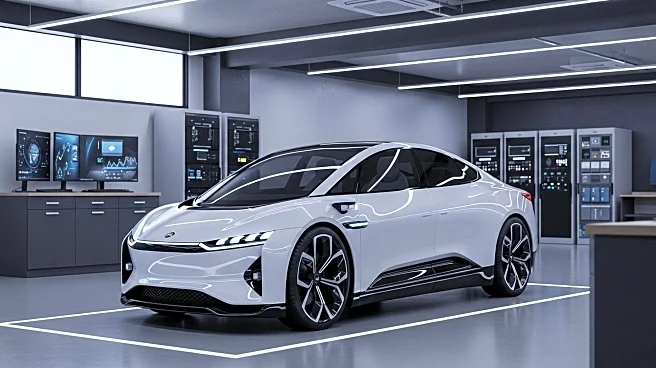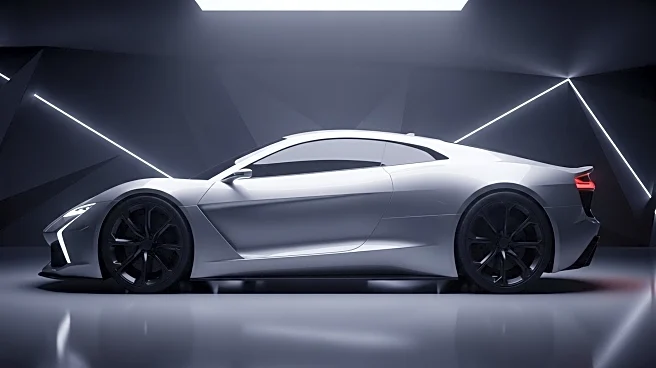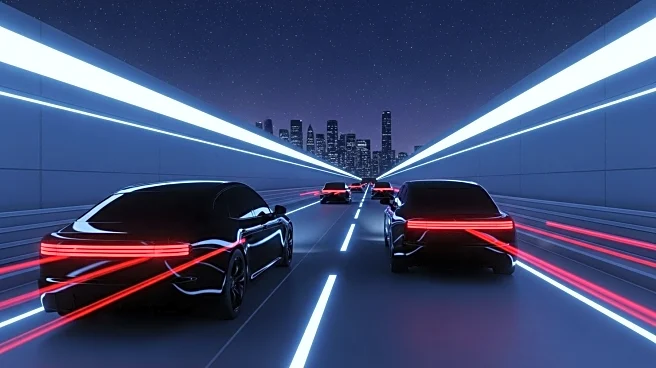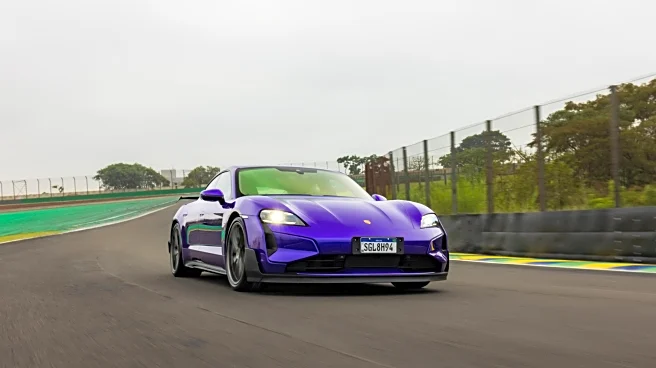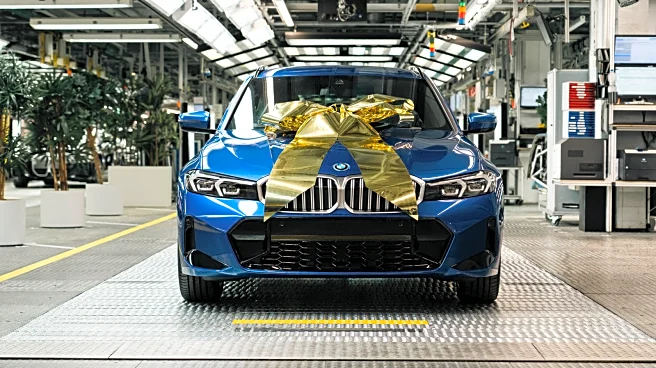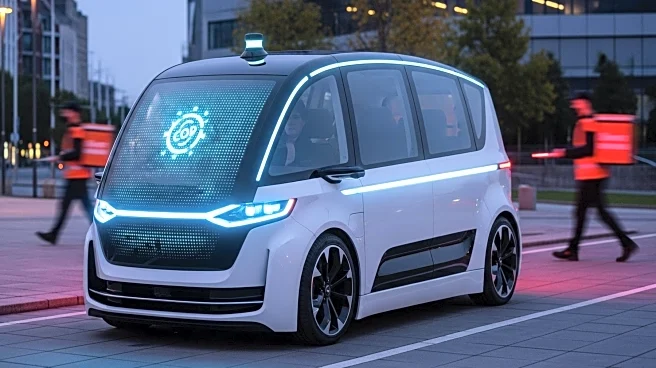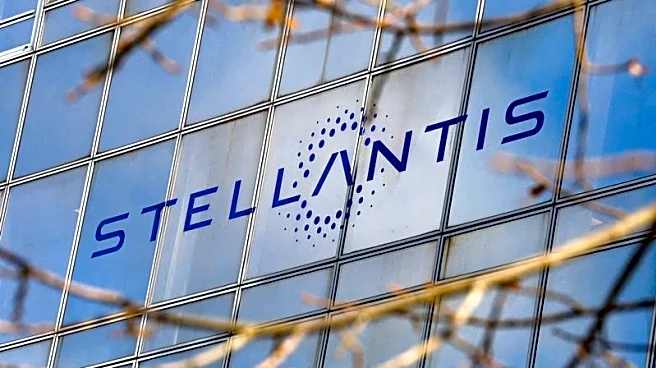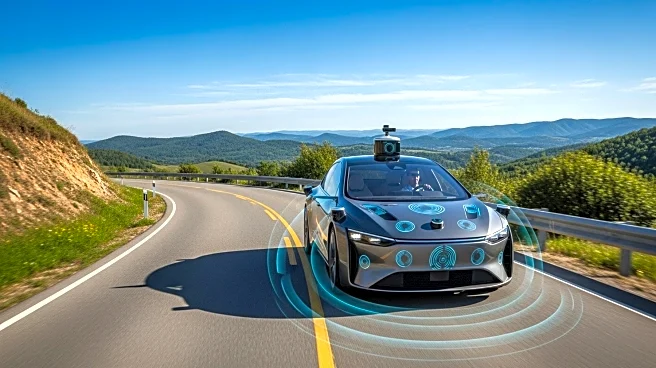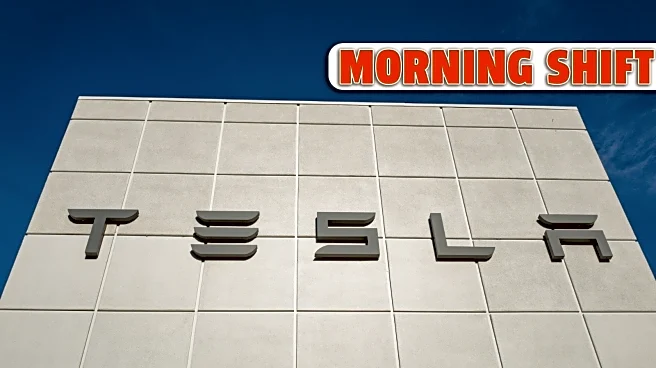What's Happening?
Stellantis, the parent company of brands such as Dodge, Jeep, and Ram, has reportedly decided to halt its self-driving project, STLA Auto Drive, which was close to deployment. The decision comes after high costs, technological challenges, and concerns about consumer demand were cited as reasons for shelving the project. Despite a recent study indicating high consumer interest in self-driving systems, Stellantis stated that there is currently limited market demand for such technology. The STLA Auto Drive was a Level 3 system, allowing drivers to take their hands off the wheel under certain conditions, but prompting them to take control when necessary. This move is part of Stellantis' broader strategy to focus on gasoline-based V8 engines following changes in fuel economy rule enforcement.
Why It's Important?
The decision to pause the self-driving project reflects Stellantis' strategic shift in response to market conditions and regulatory changes. By focusing on traditional gasoline engines, Stellantis is diverging from the industry's trend towards electrification and autonomous driving. This could impact the company's competitive position in the automotive market, as rivals continue to invest in electric and autonomous technologies. The move may also affect consumer perceptions and demand, as self-driving technology is seen as a key innovation in the automotive sector. Stellantis' decision could influence other automakers' strategies and the pace of technological advancement in the industry.
What's Next?
Stellantis may continue to adjust its strategies based on market demand and regulatory changes. The company could explore alternative technologies or partnerships to enhance its product offerings. The automotive industry will likely monitor Stellantis' actions closely, as they could signal broader shifts in market dynamics. Stakeholders, including consumers and competitors, may react to Stellantis' decision, potentially influencing future investments in self-driving technology.
